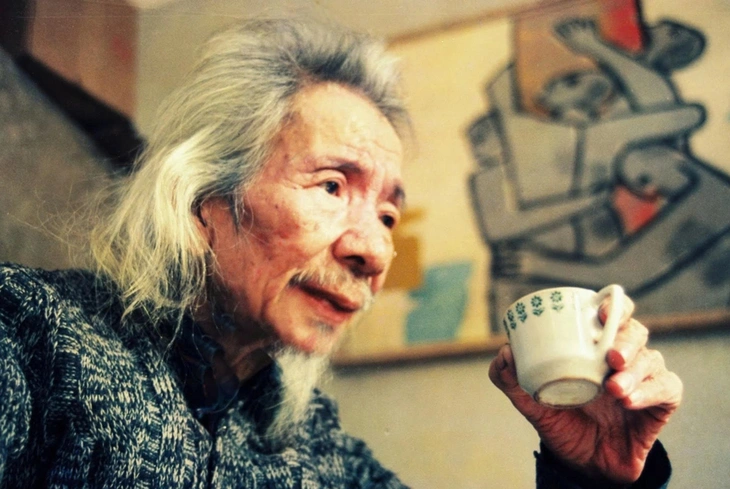
Musician Van Cao - Photo: TLGĐ
At the age of 16, Van Cao already had the famous "Buon tan thu" . At the age of 19, he had "Thien thai" . At the age of 21, Van Cao wrote "Tien quan ca" which later became the national anthem of Vietnam. At the age of 26, he had "Tien ve Ha Noi" .
And many other songs have made him one of the most influential composers of Vietnamese modern music: Ben Xuan, Dan Chim Viet, Suoi Mo, Cung Dan Xua, Truong Chi, Lang Toi, Mua Xuan Dau Dau ... Many of these songs were written by Van Cao in his 20s.
Van Cao is "God-given"
Researcher Truong Quy believes that Van Cao's music is more refined than quantitative. Before the August Revolution, his lyrics and music were very refined, especially his ancient/traditional cultural reserves were very deep. For example , Thien Thai, Suoi Mo, Truong Chi, Ben Xuan ...
But after the revolution, his music became concise, short, and went straight to the heart. Van Cao soon found for himself a language of expression very close to his painting (cubism).
He used art to satisfy his imagination, to be able to make simple stories more sparkling, even strange. Not only in love songs but also in revolutionary songs.
"Van Cao always believed that he needed to do things differently, even when he became a star musician in the early years of the successful revolution. He was not only a writer, he also played the guitar and the gun. He was a brave man, always choosing difficult paths," said Truong Quy.
In the poem "Dry" (1958), Van Cao confessed: "The cry is inside me/ There is both sorrow and joy/ The cry of a piece of red steel/ In a basin of water". He assessed that the distillation and condensation created a very special symbolism as well as a portrait of the author. Listening to music, reading poetry, looking at his paintings, even if his name is covered, you can still recognize it.
"In Vietnam, not many artists have created an outstanding musical personality like Van Cao," said Truong Quy.

Researcher Nguyen Truong Quy and Mr. Van Thao - Photo: ANH TAI
Researcher Truong Quy shared
"I have always wondered why in Van Cao's youth (from his teens to his twenties) there existed two parallel emotions, alongside romantic love songs there were also heroic and spiritual songs? Van Cao represented the generation of Vietnamese youth at that time, from the cultural framework to the influence of colonialeducation . And they themselves soon saw the weapon to liberate human fate, national fate and even their own cultural fate."
Van Cao's music itself is a heritage.
Researcher Nguyen Thuy Kha once said "Van Cao is a gift from heaven" and Van Cao only appears once every hundred years. That legacy includes not only music but also poetry and paintings. Mr. Van Thao, the musician's son, said "the more you search, the more surprises you find, Van Cao is strange".
A group of students from the School of Interdisciplinary Sciences and Arts (Hanoi National University) organized the mini-show En de troi xuan and the talk show Di tim mua thuong thuong mong: Van Cao's musical heritage through the lens of young people . The event that took place last weekend was small but very touching.
Listen to Tuyet Thanh and Thu Phuong sing My Village; Kieu Hung sings Harvest Day - Clip: NGUYEN TRUONG QUY
Luu Gia Linh - head of the event's organizing committee - told Tuoi Tre that in Linh's memory as well as her peers', Van Cao's music is often associated with the two colors red and yellow of the national flag (Tien Quan Ca, Tien Ve Ha Noi).
"When the teacher mentioned Harvest Day and My Village , we realized that they were composed by him because the musical color was so different," Linh said, that was the reason the group of young people wanted to decode part of the legacy of "that interesting person."
"I was overwhelmed," said Carina Lau, "when songs are accepted as part of culture, they also become heritage."
Mr. Van Thao said the song "The First Spring" showed a very different joyful cry, unlike the choir at that time.
"His songs are often prescient, ahead of their time. That's why he often encounters disasters because of that.
But he also said that successful pioneers are to be congratulated, there are those who are unsuccessful but still dare to pioneer. In art, finding your own style is not something everyone can do", Mr. Van Thao said "looking for" Van Cao must understand that.

Minishow En de troi xuan (Swallow weaving spring sky) organized by students to learn about Van Cao's musical heritage - Photo: ANH TAI
Modern society tends to condense famous people into single symbols. For example, Van Cao is often associated with Tien Quan Ca ?
Author Truong Quy believes that this is a relatively universal media phenomenon. People tend to use products that are packaged, easy to use, easy to spread, easy to be trendy, easy to "mix". Therefore, the way to tell and create an effective and attractive communication channel is also necessary.
At the talk show, Truong Quy asked: "I wonder how many young people are impressed with the historical background stories of the work?".
Because Van Cao had to mention a turbulent historical period of the country, as well as overcome the difficulties of the artists to see their dedication and artistry. Discovering that heritage needs to be fully recognized in the context of its creation.
"Especially the 20th century Vietnamese history that Van Cao participated in, was the "offspring" of the event, and at the same time also created milestones in that event," Truong Quy said.
Source: https://tuoitre.vn/di-tim-di-san-am-nhac-van-cao-20250611091644672.htm


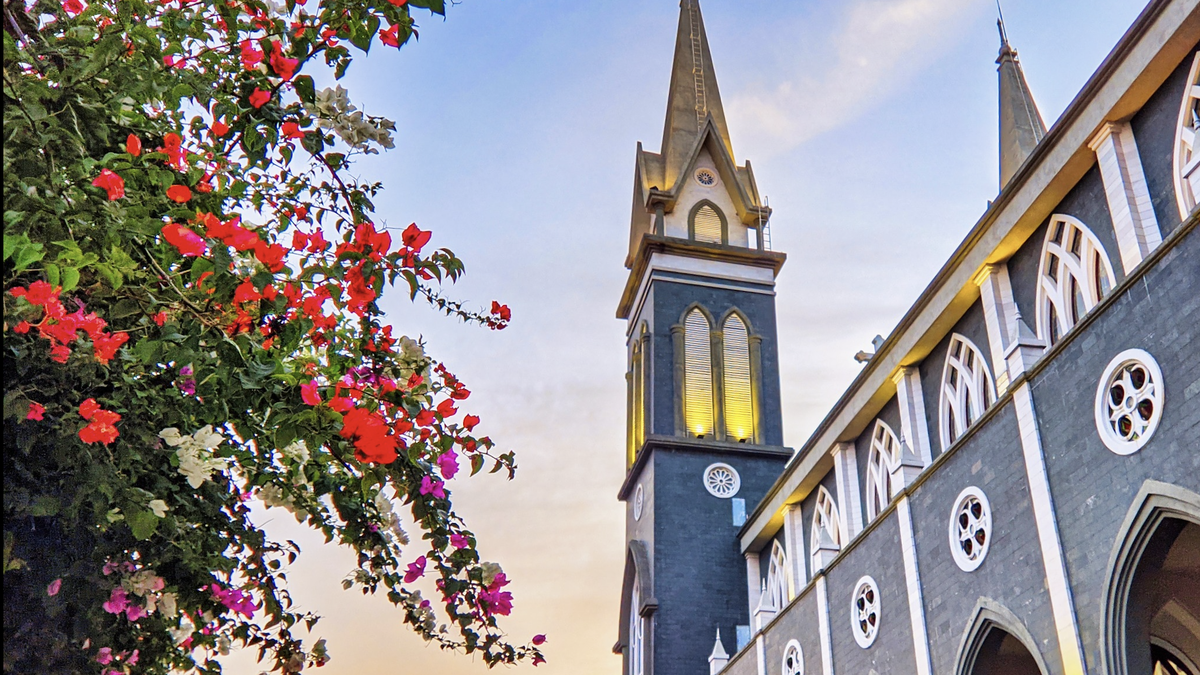
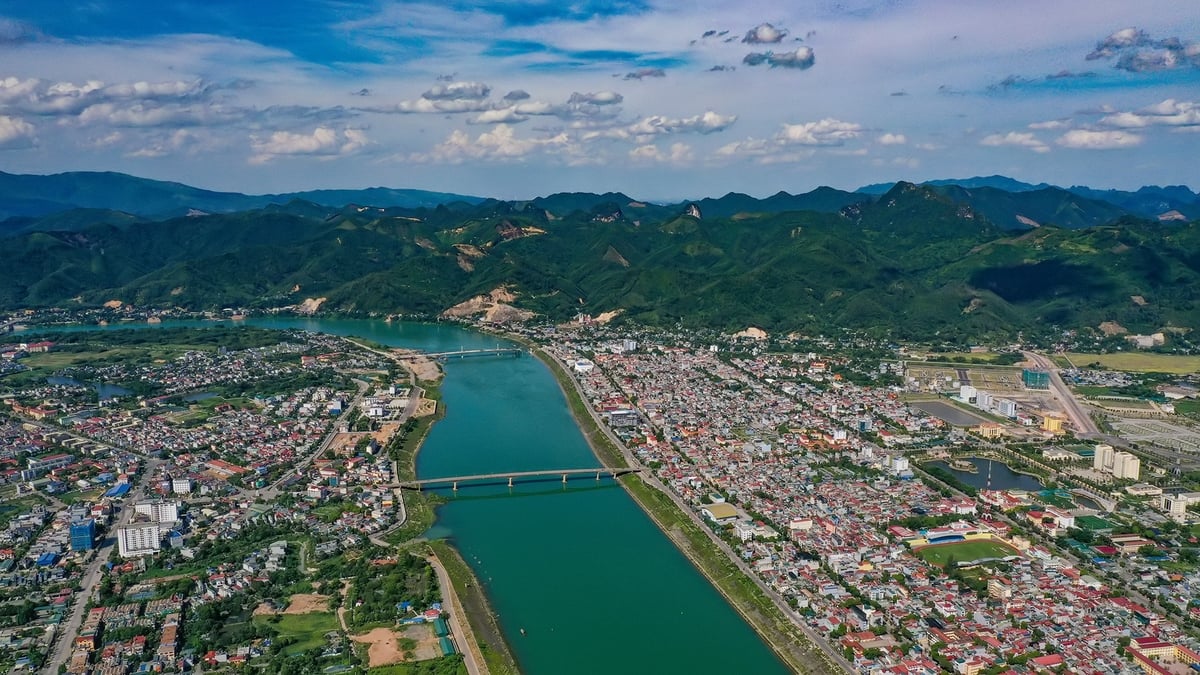

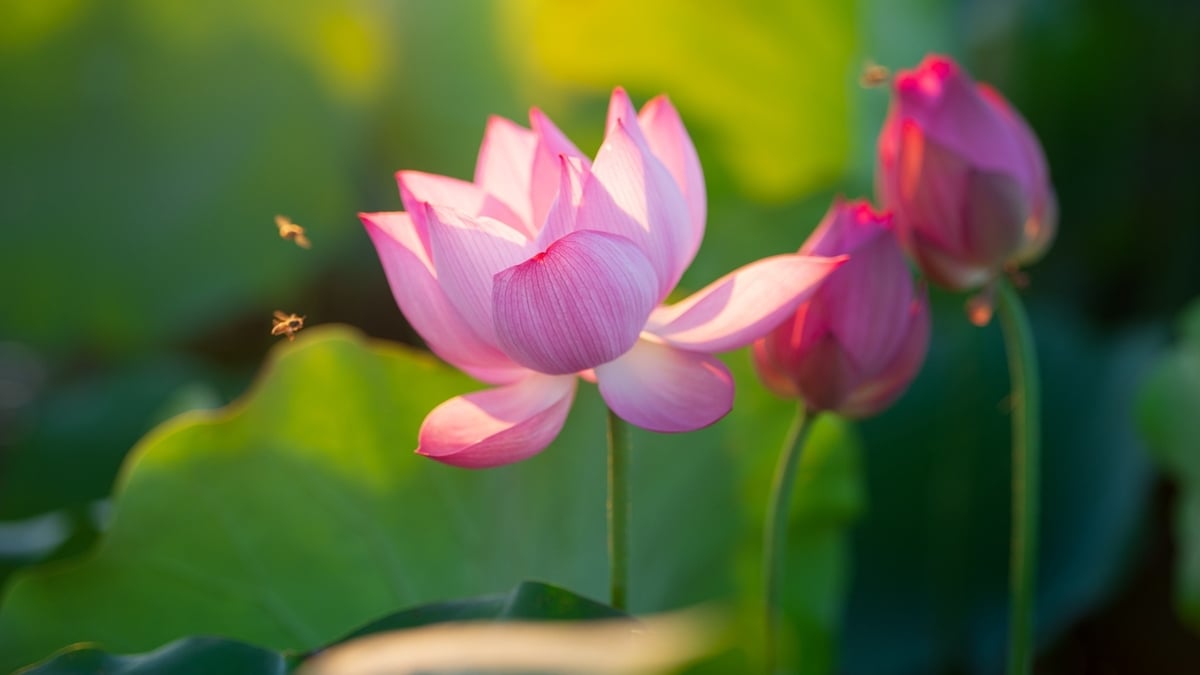

















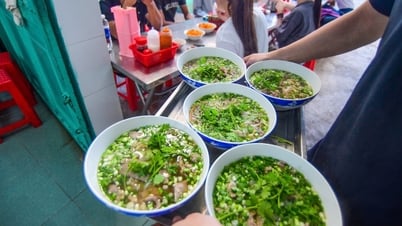
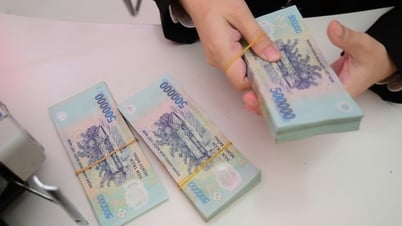

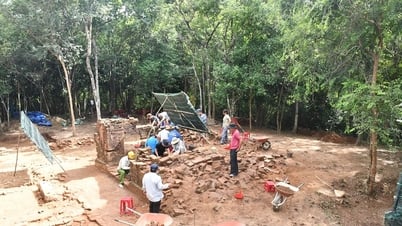

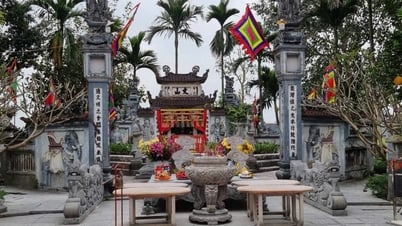

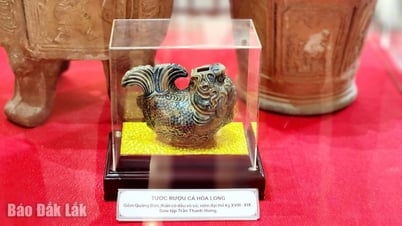

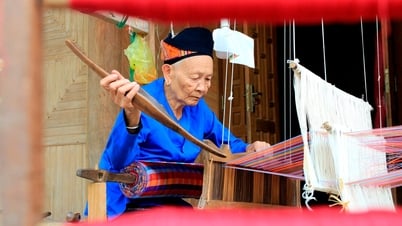




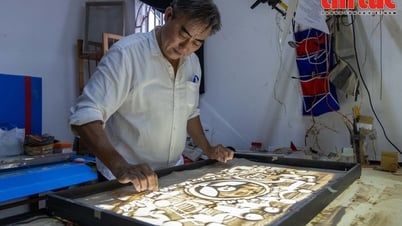



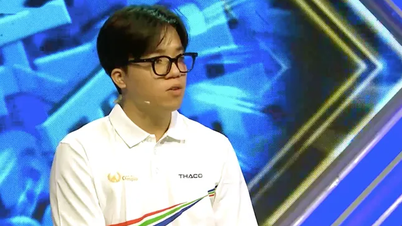


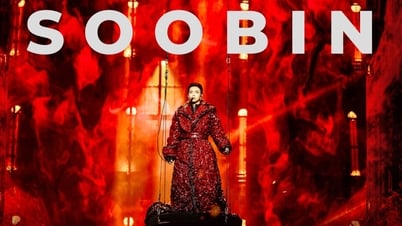



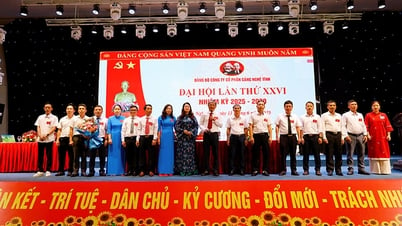


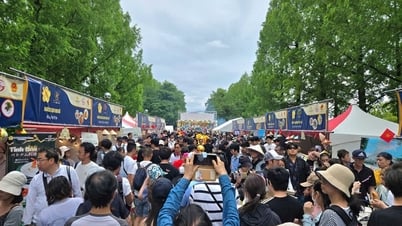
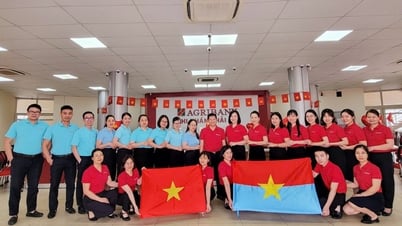

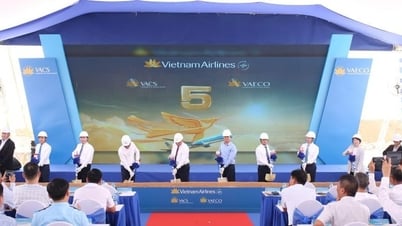


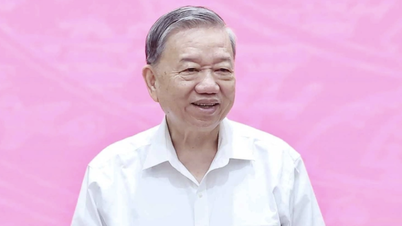

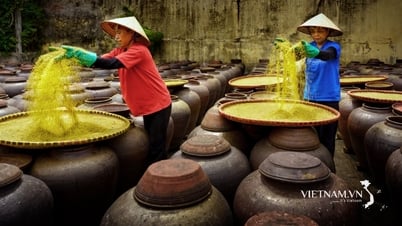





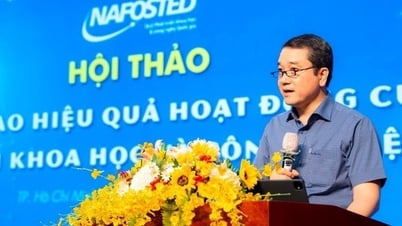







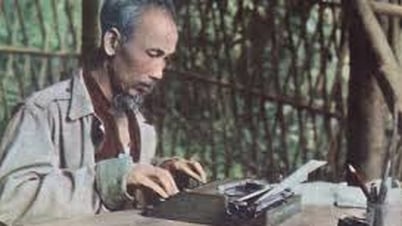

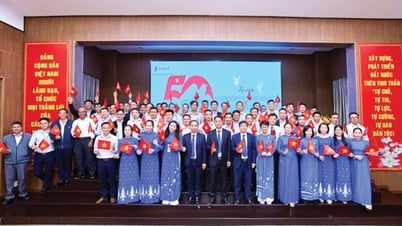
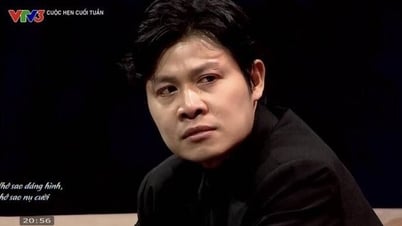


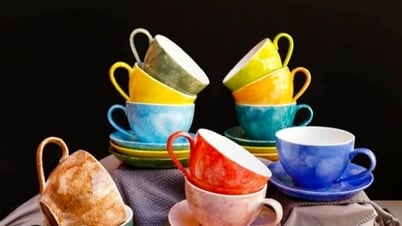









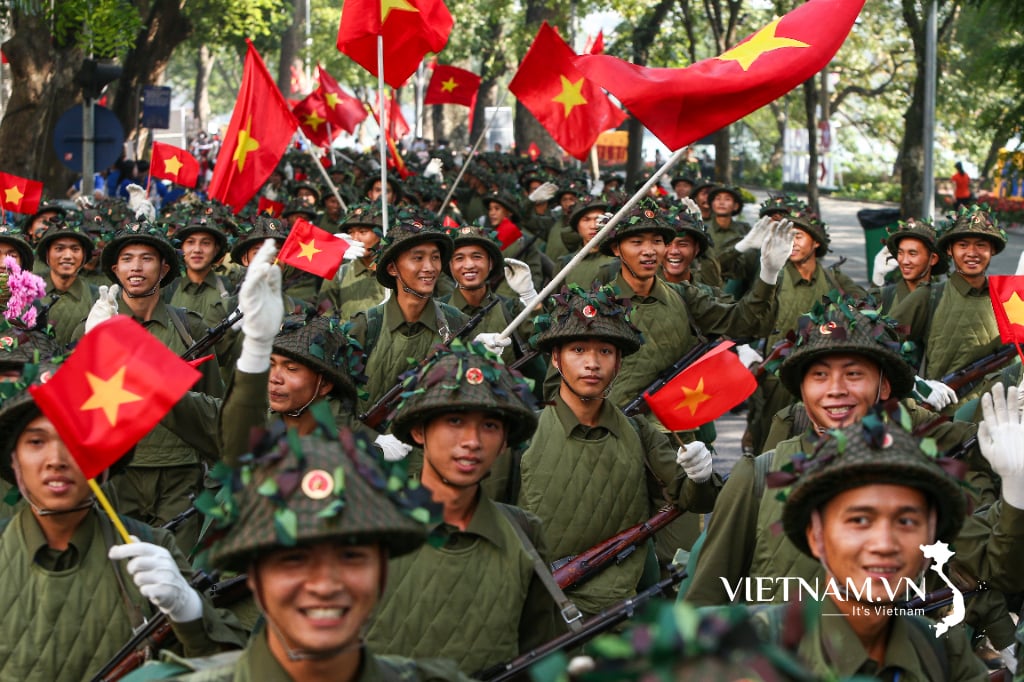



Comment (0)